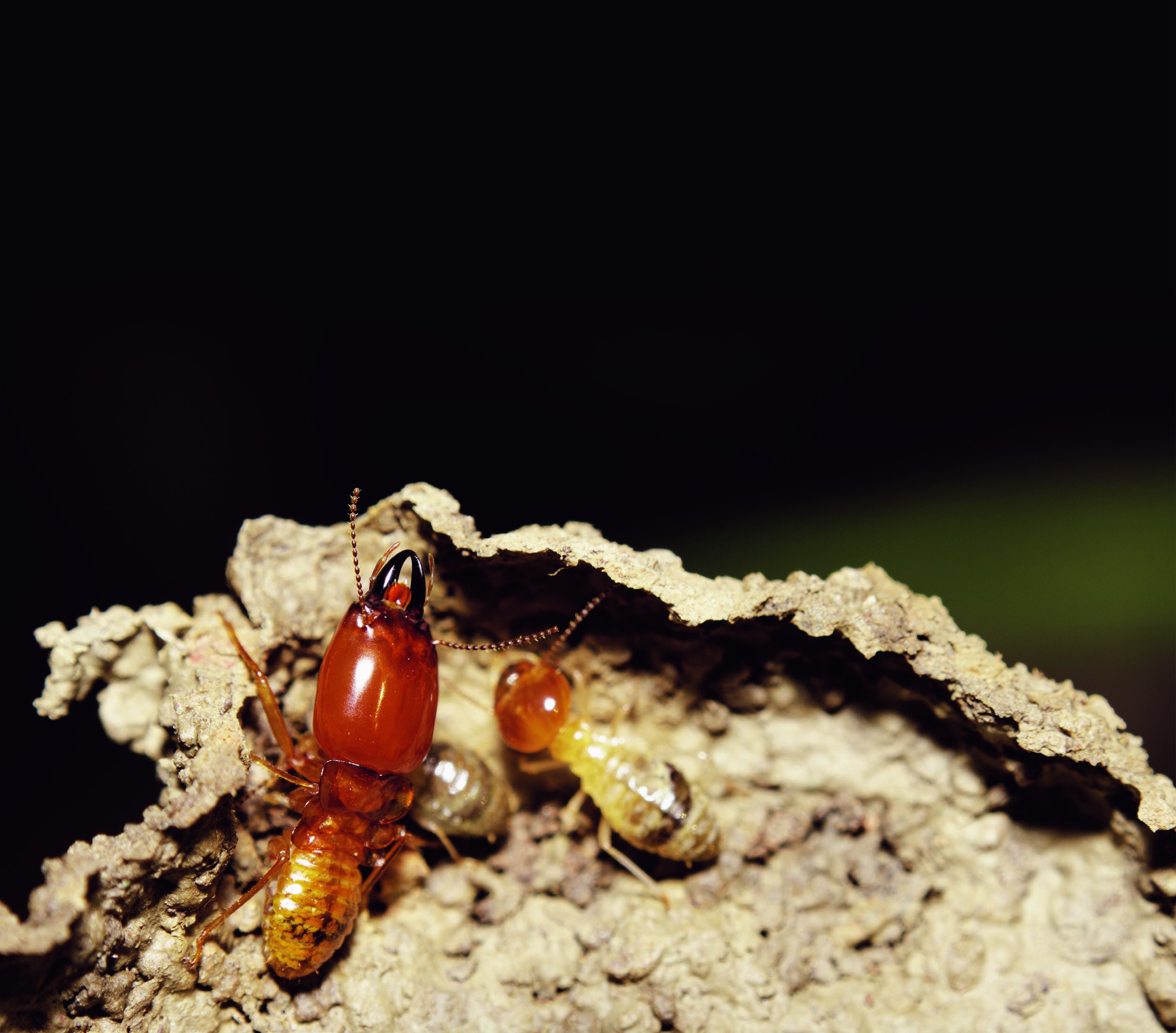
Termite habitats are distributed in tropical and subtropical regions around the world. When you hear about termites, it is likely to be in the context of being pests. Termites are capable of eating your house if it is made of wood. However, only a few termite species are pests and most carry out essential processes in ecosystems, such as decomposing dead plant material and mixing up the soil – meaning that water, nutrients and plant roots can move more easily through it.
Termites maintain a comfortable environment within their mounds. To protect individuals outside of the nest during foraging, termites create sheeting and tunnels by layering clay and soil. Sheeting has a large surface area and it prevents water from evaporating. This is one of the likely explanations as to how termites maintain soil water content during droughts.
Your organisation does not have access to this article.
Sign up today to give your students the edge they need to achieve their best grades with subject expertise
Subscribe




